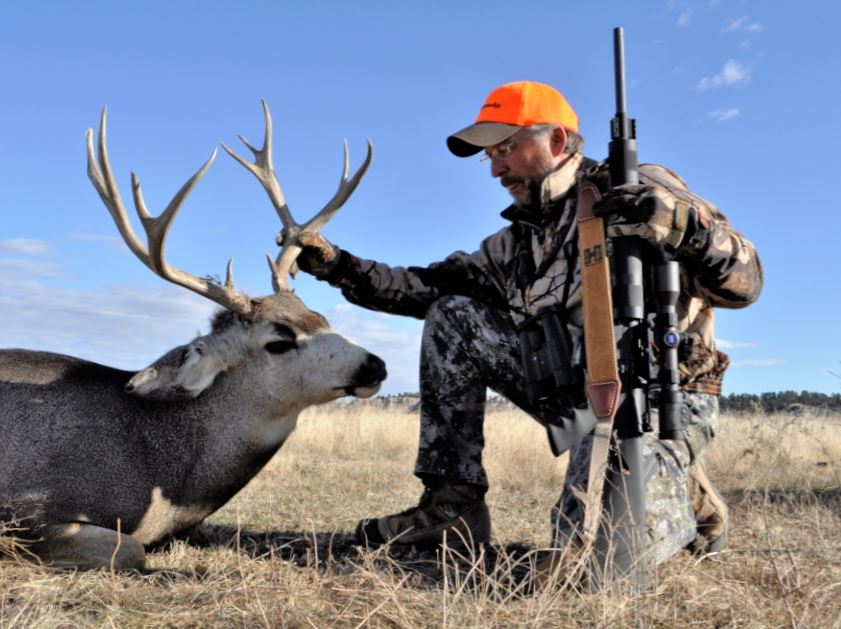
As the popularity of AR firearms increases, so does the interest in hunting whitetail deer with its traditional brew, the .223 Remington. Deer hunting is normally the territory of the .30-30, .270 and the .30-06, with bullet weights nearly three times that of some .223 projectiles. This is a statistic that may indicate that the tiny .22caliber pill is not up to the task.
“We actually loaded a special batch of .223 ammo for a large customer in Texas where using a .223 is very popular,” said Mitch Mittelstaedt, Director of Engineering for Hornady Manufacturing. “We loaded a special 60-grain spire point and added it to our whitetail deer ammo line. Hunting with the .223 Remington is very popular in Texas,” he said. Small flat shooting calibers are ideal for Texas sendero’s with open shooting lanes where hunters can take a rest shot from a tower or shooting blind, as the body size of some Lone Star bucks is generally less than those from the Midwest or Northern Tier.
On the other hand Mittelstaedt is quick to admit, “I wouldn’t recommend it for the every-day hunter,” alluding to the minimal bullet weight and the fragmentation of many standard bullets for the caliber. “I suggest a minimum bullet weight of 60 grains and a penetrating bullet like our GMX. You want something that is going to hold together.”

If you peruse the Hornady ballistics chart and those from other manufacturers, you will find bullets in the 75-grain weight and assume the heavier bullet is better. Not necessarily, as most bolt action rifles have a 12:1 twist ratio which handles bullets up to about 60 grains, yet accuracy diminishes beyond that weight. Many AR-style rifles have rifling ratios of 9:1 to 7:1 which may handle heavier loads. Experiment to see which load shoots best from your rifle and don’t be surprised if various bullets of the same weight shoot differently.
Shoot What You Shoot Best
Debating the .223 for deer is similar to campfire conversations about how much gun is needed for elk. While hunters like to tout ballistics, an experience outfitter is more likely to ask, “Which rifle do you shoot best?” Magnum calibers are a popular choice, yet ammo is expensive, some hunters are recoil sensitive causing them to flinch, so practicing at longer range can be difficult.
If you love your AR in .223, you probably shoot it often. With virtually no

recoil and inexpensive ammunition, burning up the range is fun and exciting. Given the flat shooting characteristics of the round, tight groups out to 200 yards may become routine. Given this ability with a rifle, you are a good candidate for this caliber if you follow a few guidelines:
- Shot placement is critical. Aim for the heart/lung area or at the base of the neck where a bullet will shatter the spine and drop the animal instantly
- Be willing to pass up anything but a standing, broadside shot.
- Take a stand and hunt like a sniper. Stalking through brush can easily produce difficult shot angles, moving deer, partially brush covered targets or all of the above.
- Shoot a 60-ish grain copper or non-fragmenting bullet.
Finally, check your game regulations to be sure that the .223 is legal for deer in your state and develop the self discipline to make every shot a lethal one.


